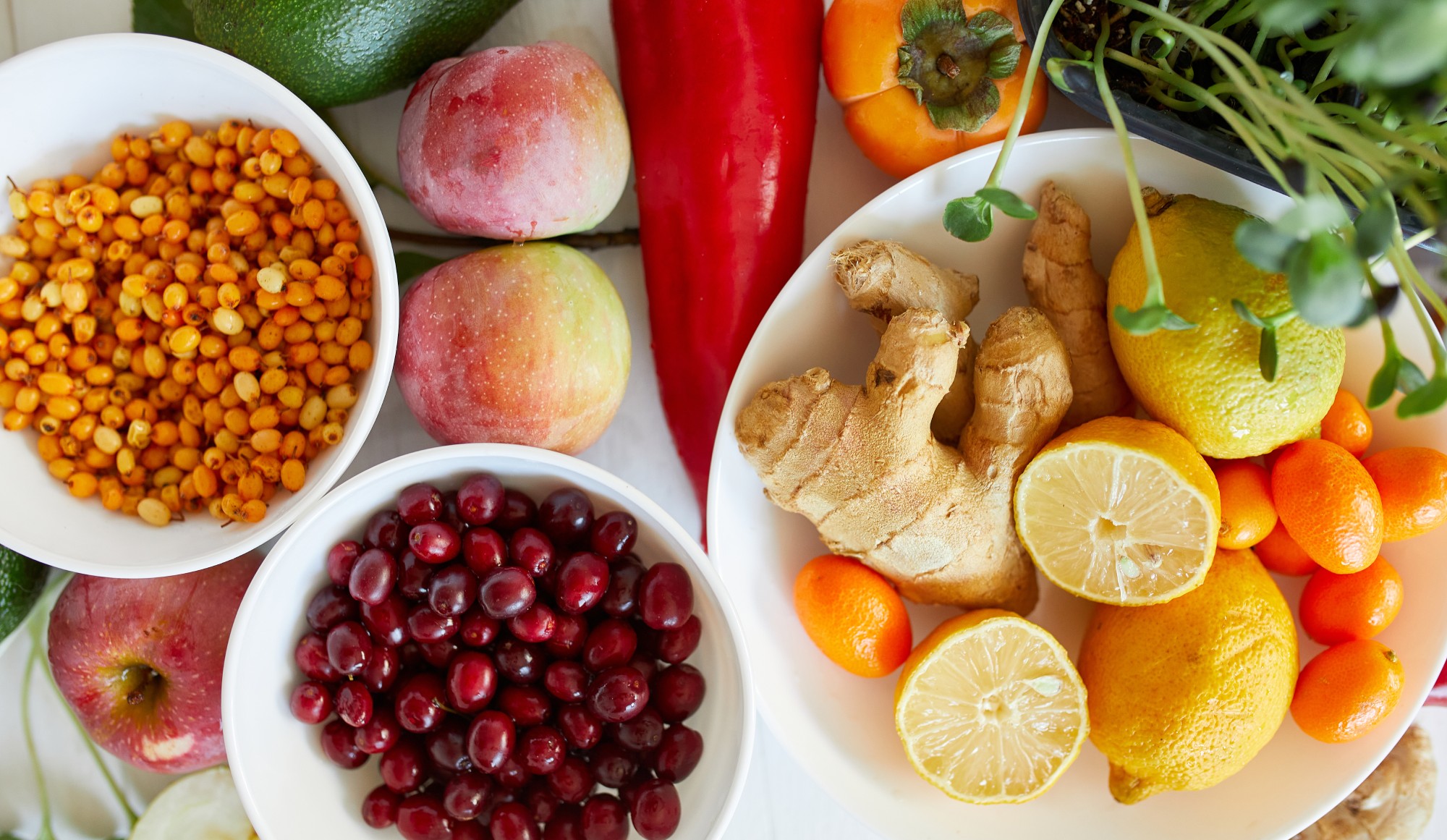
Medically Reviewed by Dr. Lee Hwee Chyen
MBBS MRCP (UK) FAMS (Dermatology)

Rosacea is a long-term inflammatory skin condition, primarily affecting the face. It is characterized by redness, visible blood vessels, and sometimes acne-like bumps, mainly on the cheeks or nose. The condition can also extend to the chin, neck, and eyes.
The exact cause of rosacea remains unknown. Rosacea is commonly linked to abnormalities in the blood vessels of the face, skin microbes, high skin sensitivity, and environmental stressors such as ultraviolet light.
Over the years it has been suggested that certain foods and dietary choices may exacerbate rosacea symptoms. Conversely, certain foods have also been purported to help control the condition. The data available on this remains varied, hence it is important to note that dietary factors may affect some, but not all those afflicted with the condition.
In general, alcohol, spicy food, cinnameldehyde-containing foods, hot drinks and histamine-rich foods may potentially exacerbate symptoms of rosacea. In recent years, supplementary omega-3 fatty acids have been suggested to help a subtype of rosacea known as ocular rosacea.
There are also some reports suggesting that fatty foods can also worsen rosacea, while dairy products may have protective effects. However, more studies need to be done to further establish these findings.
Nevertheless, here are some types of food which are commonly discussed in association with rosacea:
Rosacea is partially influenced by ongoing inflammation in the body which has been linked to imbalances in the gut microbiome. If you have rosacea, it is believed that incorporating these foods into your diet may help control rosacea flare-ups by promoting gut, and consequently skin health.
Salmon, rich in omega-3 fatty acids, can soothe rosacea-affected skin due to their anti-inflammatory effect. Omega-3 fatty acids have been touted to help reduce symptoms associated with ocular rosacea, a subtype of rosacea that affects the eyes and causes symptoms like dryness, irritation, and reddened eyelids.
Flaxseed oil, which is also rich in omega-3 fatty acids and fibre, has also been promoted by some dermatologists for ocular rosacea.
Green leafy vegetables like spinach and kale contain many antioxidants and essential vitamins. They help neutralize harmful free radicals and reduce oxidative stress, which can help soothe inflamed skin and stimulate the repair and rejuvenation of rosacea-affected skin.
Bell peppers are high in vitamin C and antioxidants that help reduce the redness and irritation associated with rosacea.
Curcumin (in turmeric), gingerols and shogaols (in ginger), and certain compounds in berries possess anti-inflammatory properties. They help manage rosacea symptoms by reducing skin inflammation and countering free radicals, which lessens swelling and irritation of the skin.
Caffeine, especially in green tea, has vasoconstrictive properties which narrow blood vessels, helping to reduce the redness and flushing associated with rosacea. Caffeine’s inflammation-reducing and antioxidant properties can also mitigate skin irritation.
Hot drinks can trigger rosacea flare-ups. Drinking cooler caffeinated drinks like green tea provides the benefits of caffeinated beverages without its risks.
Opt for fermented foods rich in probiotics such as yoghurt, kimchi and kefir or probiotic drinks as probiotics help balance the gut microbiome, reducing systemic inflammation. Prebiotics, found in foods like onions and garlic, nourish beneficial gut bacteria. A healthy gut microbiome can lead to improved skin health and reduce rosacea flare-ups.
Fresh fruits, abundant in vitamins, minerals, and antioxidants, assist in combating oxidative stress that can intensify skin swelling in rosacea. Fruits like berries, oranges, and apples provide these nutrients while supporting skin health and reducing the frequency and severity of rosacea flare-ups.
Specific foods and beverages are known to trigger or exacerbate rosacea flare-ups:
Regular consumption of alcohol, especially white wine and liquor, can lead to an increased risk of rosacea. This risk is particularly high in women. Beverages that contain alcohol can aggravate the blushing and swelling associated with rosacea due to alcohol’s vasodilatory effect and its metabolites. They increase blood flow and swelling of the skin, causing flushing of the skin and worsening rosacea.
Hot beverages are potential triggers for rosacea flare-ups as the heat from these drinks can cause blood vessels to expand, leading to facial flushing and exacerbation of rosacea symptoms.
Foods containing capsaicin, such as chilli peppers, jalapeños, and hot sauces may induce vasodilation and flushing. Capsaicin stimulates the sensory receptors in the skin that feel warmth, leading to the expansion of blood vessels, redness and increased skin temperature associated with rosacea.
Cinnamaldehyde, responsible for the distinct flavour of cinnamon, is also found in foods like tomatoes, citrus fruits, and chocolate. It promotes the expansion of blood vessels and a warming sensation in the skin, triggering rosacea symptoms. These can increase blood flow and cause flushing, aggravating rosacea.
Histamine-rich foods such as aged cheese, wine, processed meats, tomatoes, citrus fruits, and nuts can trigger rosacea. Histamine is released during allergic reactions, causing the swelling and increased blood flow typical of rosacea.
Alcohol consumption can also cause blushing from histamine release due to the metabolism of acetone and acetaldehyde.
Foods rich in niacin include certain meats, poultry, and seafood. Niacin, or vitamin B3, can cause skin flushing due to the release of prostaglandins that dilate blood vessels, leading to visible redness.
Certain foods such as milk contain formaldehyde preservatives that can contribute to rosacea symptoms. Formaldehyde may cause irritation and allergic reactions, which aggravates rosacea.
Although rosacea can occur in anyone, it is most commonly seen in middle-aged women, particularly during menopause. Read on to learn more.
By understanding the role of nutrition in skin health and including certain nutrient-rich foods in one's diet, individuals can support their skin's health from the inside out.
Topical Vitamin C serum can serve as a valuable addition to a skincare regimen, particularly in acne management. Read on to learn more about the benefits of topical Vitamin C serum for the skin and acne.